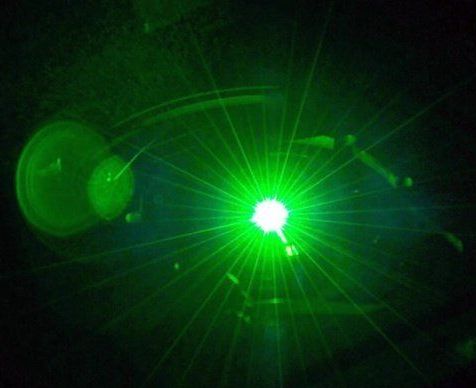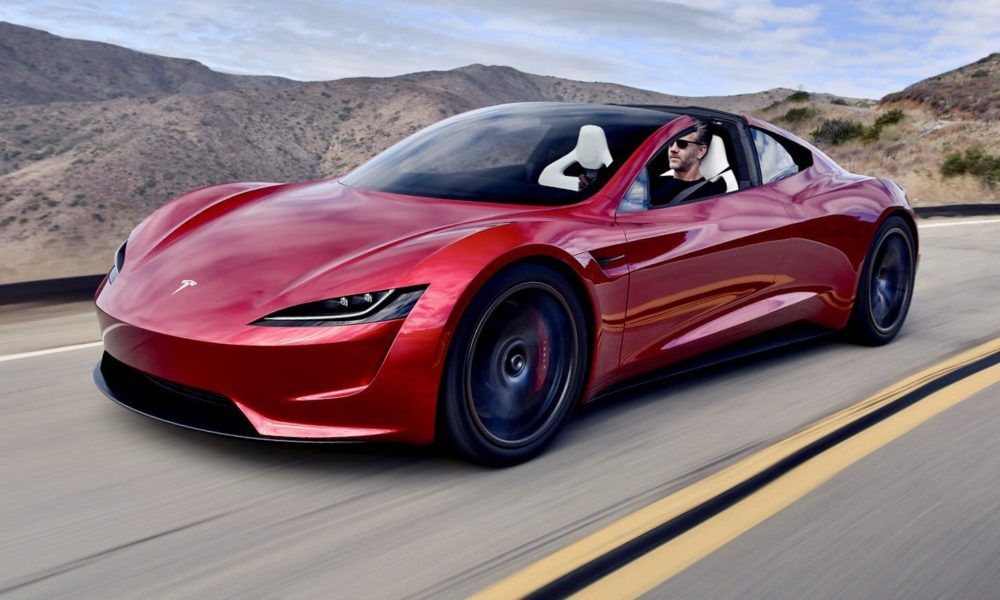Jun 2, 2019
Spraying Stem Cells Up The Noses of Mice Has Restored Their Sense of Smell
Posted by Quinn Sena in categories: biotech/medical, life extension, neuroscience
Imagine a simple and effective treatment for restoring the sense of smell in people who have lost it or never had it in the first place – that could one day be possible as a result of early stage research on mice, in which olfactory nerves were replenished using stem cells.
Using droplets of globose basal cells – the same cells that naturally replace damaged and ageing neurons related to smell – scientists were able to get them to develop into full nerve cells, stretching right into the brain.
Ultimately a few squirts of stem cells were able to reconnect the axons leading to the olfactory signalling in the brains of the mice. Scientists are still a long way from repeating the trick with human beings, but it’s a very promising start.
Continue reading “Spraying Stem Cells Up The Noses of Mice Has Restored Their Sense of Smell” »

















